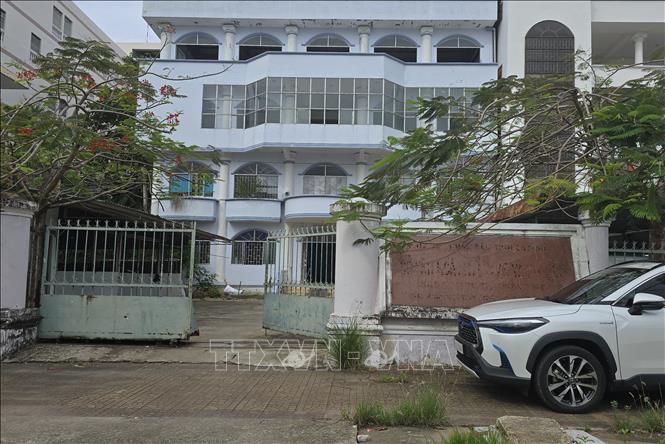
According to the Ministry of Finance , by early October 2025, the whole country had 14,059 houses and land facilities that had been processed after administrative unit arrangement, through forms such as assignment, lease, conversion of functions or liquidation according to regulations. However, there are still 12,283 redundant facilities that need to be reviewed, arranged and processed in accordance with the development planning of each locality. The processing of this large amount of public assets not only helps reduce waste, but also contributes to creating resources, serving the restructuring of the office system in a centralized, modern and efficient manner.
Along with the headquarters, public service vehicles, especially commune-level cars, are also a notable issue. Currently, the whole country has 133 commune-level administrative units equipped with more than 2 cars, 548 communes with 2 cars and 2,417 communes with 1 car, but there are still 222 communes in 9 provinces that have not been equipped with public service vehicles. The lack of vehicles causes many difficulties for management and operation, especially in mountainous, remote and isolated areas.
To overcome this difficulty, on September 10, 2025, the Prime Minister issued a Decision to supplement the central budget with targeted resources for localities, serving the provision of facilities, cars and specialized equipment. The Ministry of Finance also requested provinces to proactively regulate vehicles internally; in case of not being able to regulate, use local budgets and supported sources to purchase new ones, ensuring the principles of savings and efficiency. To date, 3 out of 13 provinces have transferred vehicles from the provincial level to the commune level and 10 provinces will purchase new ones in 2025.
However, the report of the Ministry of Finance also pointed out that the implementation process still faces many difficulties. In many communes and wards, the working headquarters have seriously degraded, are small in area, and do not meet operational requirements; information technology equipment, computers, and tables and chairs are still lacking and not synchronized. Meanwhile, financial resources for renovating, repairing, and upgrading infrastructure are still very limited, especially in localities with difficult economic conditions. According to regulations, repair projects over 500 million VND must have an Economic - Technical Report, but many communes do not have a unit with enough capacity to be the investor, leading to a bottleneck in implementation.
The Ministry of Finance is currently reviewing and amending Decree No. 98/2025/ND-CP regulating the preparation of estimates, management, use and settlement of regular state budget expenditures for purchasing, repairing, renovating and upgrading assets and equipment; renting goods and services; repairing, renovating, upgrading, expanding and constructing new construction items in invested construction projects and other necessary tasks, in order to provide more specific guidance on the authority to approve funding and implementation procedures, especially for small-scale tasks that need to be handled quickly and arise suddenly.
In addition, another major barrier is that planning adjustments when handling houses and land after rearrangement are complicated and lengthy. In order to resolve this, the Government issued Resolution No. 66.2/2025/NQ-CP dated August 28, 2025, stipulating the handling of difficulties and problems in adjusting national, regional and provincial planning during the period when the Law on Planning (amended) has not been issued. After the Law on Planning (amended) is passed by the National Assembly , the planning system will be completed in a synchronous and unified manner, helping to speed up the processing progress and put assets into effective use.
According to economic experts, the key point now is to be more flexible in handling surplus assets, avoiding leaving headquarters vacant for many years while the locality lacks working facilities or public land funds. Along with that, the Ministry of Finance's proposal to allow the assignment, transfer, and conversion of public assets' functions first, and then update the planning is a practical direction, both creating conditions for temporary exploitation and ensuring effective management in the transition period.
In fact, the Party Committee of the Ministry of Finance has sent an Official Dispatch to the Politburo for consideration, allowing the temporary exploitation of unused facilities through short-term leasing, or allowing their use for other purposes if they are not suitable for health, education, and culture. At the same time, gradually re-planning the office system in a centralized, modern direction, ensuring effective and economical use of resources.
Another issue emphasized by experts is the need to improve the capacity of local authorities in public asset management. Localities must consider public asset management as part of administrative reform, not just rearranging houses and vehicles, but also rearranging the use of public resources. Arranging an agency to work in many different headquarters should only be a temporary solution; in the long term, there needs to be a centralized investment plan to avoid fragmentation, overlap, and waste in operation and maintenance.
In response to the requirement to complete the two-tier local government model, the Ministry of Finance continues to require localities to proactively review and transfer internal means and assets to avoid scattered purchases, while strengthening coordination between central agencies and local authorities in implementation. This is a key factor in helping to unlock resources, improve the efficiency of public asset use, contribute to building a modern, streamlined administration and serve the people better and better.
The Ministry of Finance has also repeatedly emphasized that it will continue to improve institutions and amend relevant documents to remove obstacles in handling public assets after administrative unit reorganization. At the same time, it will strengthen decentralization and empower localities to proactively make decisions within the legal framework, ensuring that all implementation steps are in accordance with regulations, but still flexible and timely with reality.
Source: https://baotintuc.vn/kinh-te/ca-nuoc-van-con-12283-co-so-nha-dat-doi-du-sau-sap-xep-don-vi-hanh-chinh-20251020171017227.htm



![[Photo] Solemn opening of the 10th Session, 15th National Assembly](https://vphoto.vietnam.vn/thumb/1200x675/vietnam/resource/IMAGE/2025/10/20/1760937111622_ndo_br_1-202-jpg.webp)
![[Photo] Prime Minister Pham Minh Chinh meets with Speaker of the Hungarian National Assembly Kover Laszlo](https://vphoto.vietnam.vn/thumb/1200x675/vietnam/resource/IMAGE/2025/10/20/1760970413415_dsc-8111-jpg.webp)
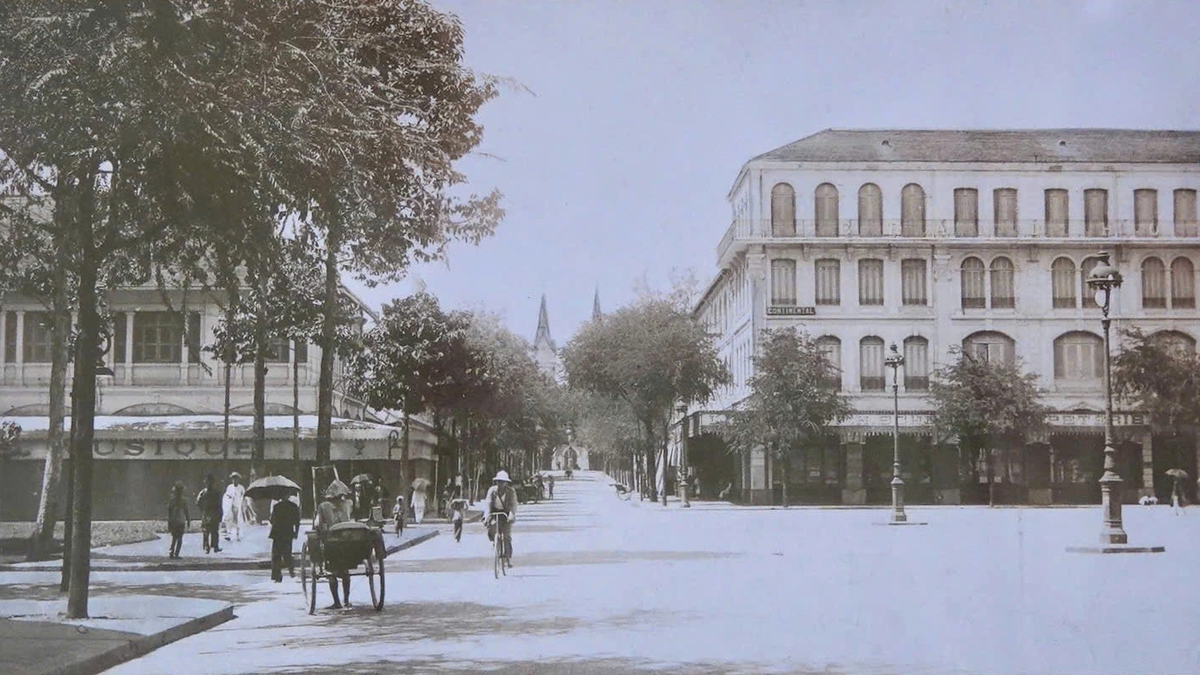
![[Photo] Chairman of the Hungarian Parliament visits President Ho Chi Minh's Mausoleum](https://vphoto.vietnam.vn/thumb/1200x675/vietnam/resource/IMAGE/2025/10/20/1760941009023_ndo_br_hungary-jpg.webp)
![[Photo] National Assembly Chairman Tran Thanh Man holds talks with Hungarian National Assembly Chairman Kover Laszlo](https://vphoto.vietnam.vn/thumb/1200x675/vietnam/resource/IMAGE/2025/10/20/1760952711347_ndo_br_bnd-1603-jpg.webp)
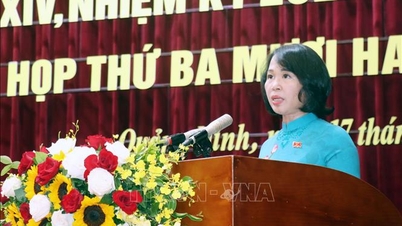
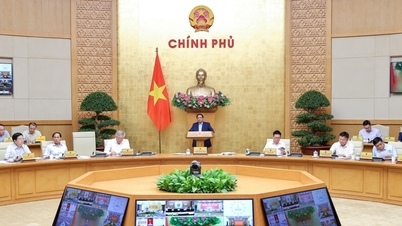








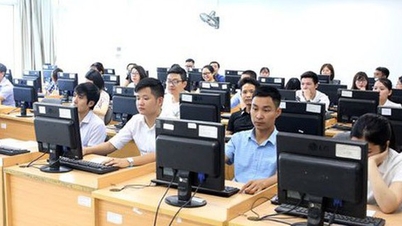
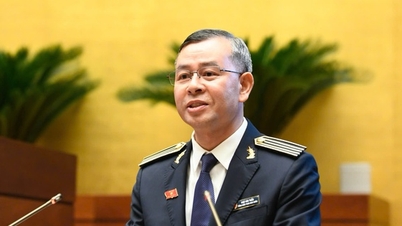
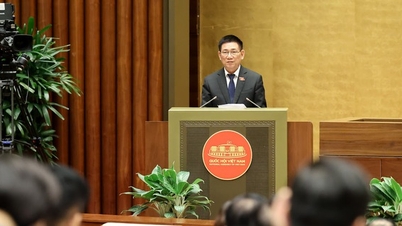



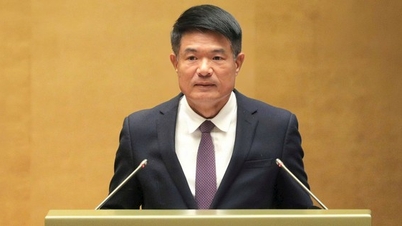




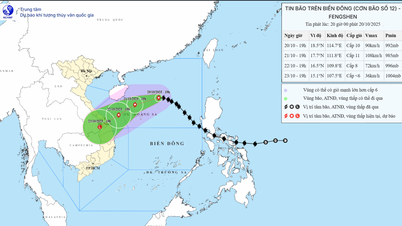
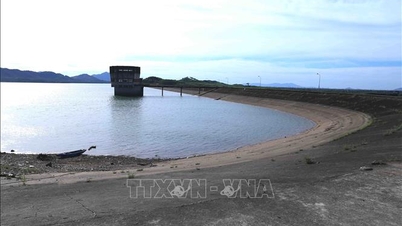
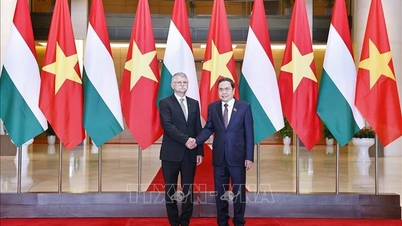
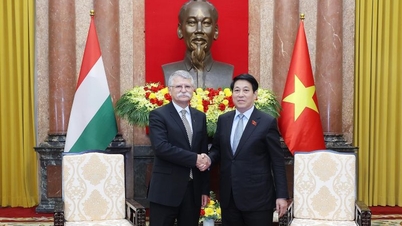
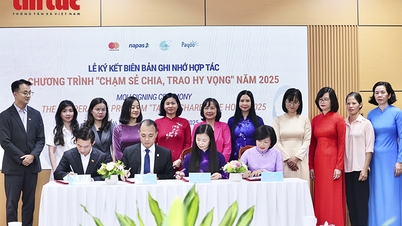
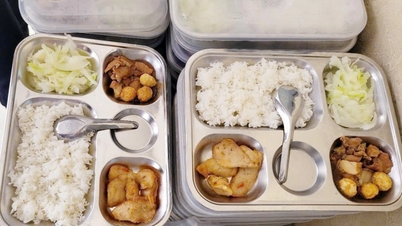

![[Photo] The Steering Committee of the 2025 Fall Fair checks the progress of the organization](https://vphoto.vietnam.vn/thumb/1200x675/vietnam/resource/IMAGE/2025/10/20/1760918203241_nam-5371-jpg.webp)


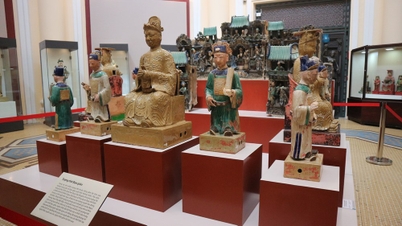




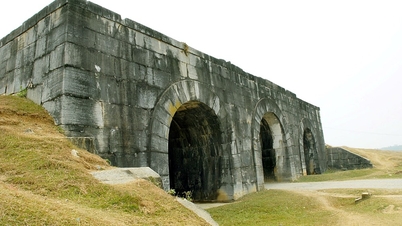
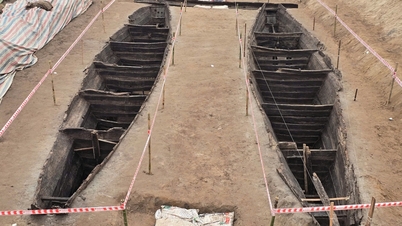






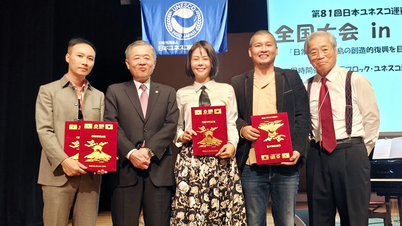








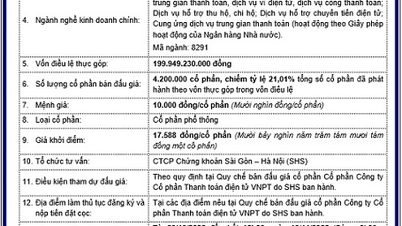
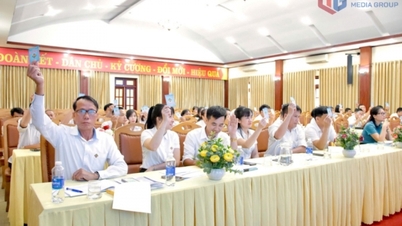

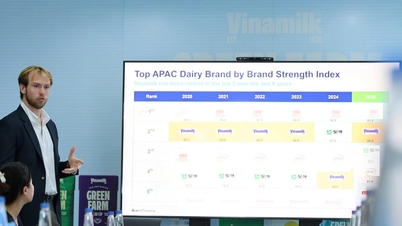

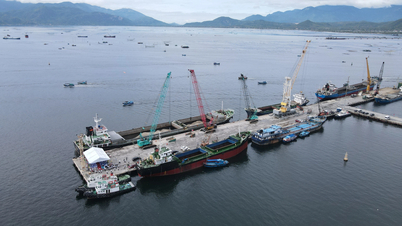








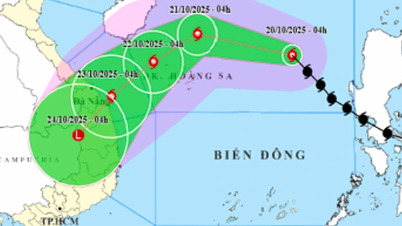

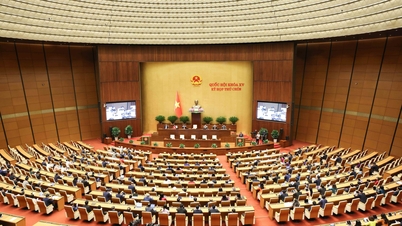


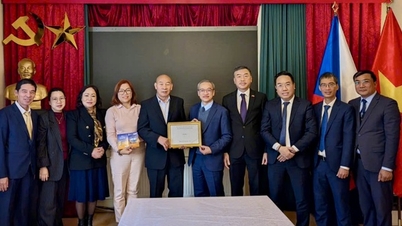

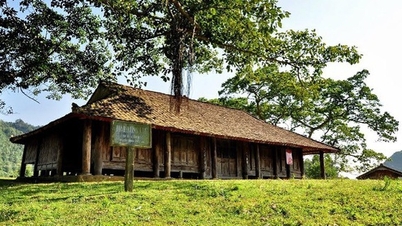
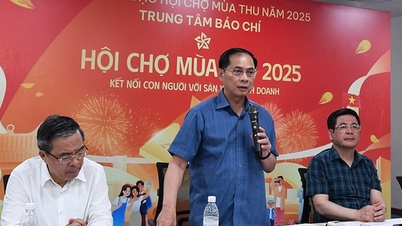
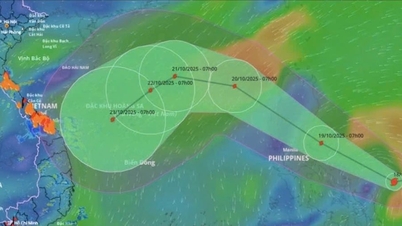

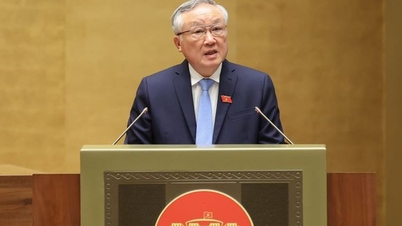
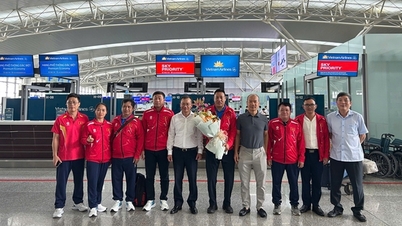
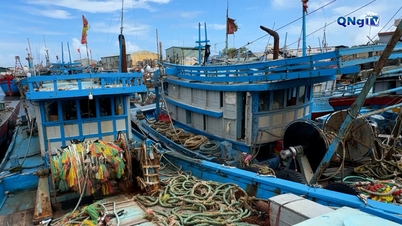

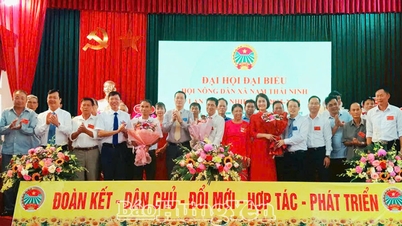



















Comment (0)